Author: cysadmin
-
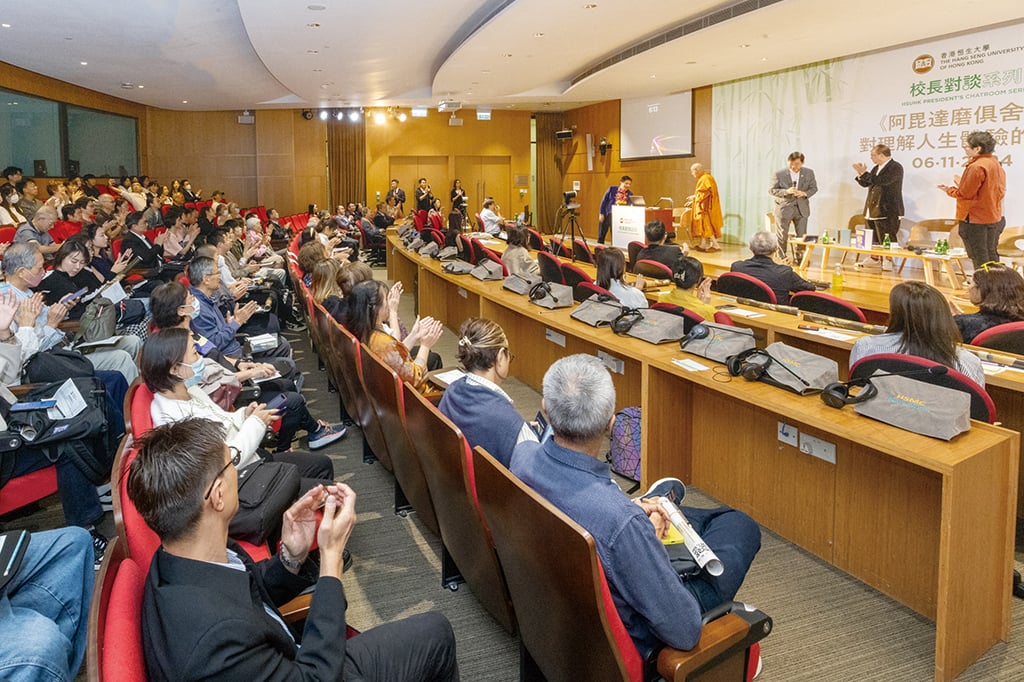
Chamber of Young Snow congratulates the success of the Hang Seng University of Hong Kong President Dialogue Series!
The event on ‘Abhidharmakośabhāṣya’《阿毘達磨俱舍論》at Hong Kong Heng Seng University received enthusiastic responses both online and offline! It was a complete success! This time, the President Dialogue Series at Hong Kong Heng Seng University was honored to invite Venerable Professor K L Dhammajoti (法光法師), Dr. Li Shi Cheng (李師成博士), and Dr. Huo Heqiwa (霍何綺華博士) as guest…
-
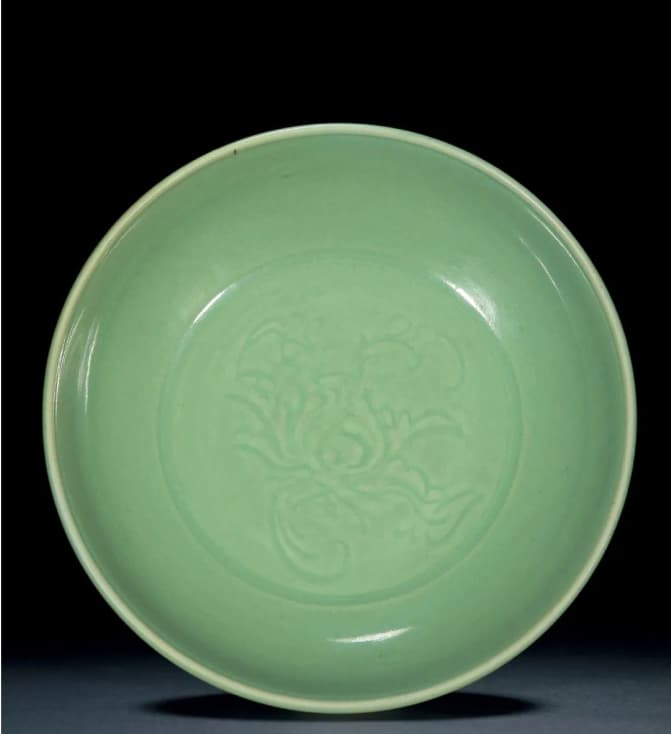
A Large Longquan Celadon-Glazed Dish
Ming Dynasty, 1368-1644 盤唇撇口,弧壁,腹部下漸收,淺圈足。整器通體施青釉,釉面光亮,釉色粉嫩,釉面潤澤,有玉質感,胎體厚實,造型周正大氣,盤心雕花卉紋,溫潤無比。
-
Privacy Policy
The Chamber of Young Snow values your privacy and is committed to protecting your personal information. This privacy policy explains how we collect, use, and safeguard your information.
-
Disclaimer
The following terms apply to all Chamber of Young Snow website users. By accessing this website, you agree to be bound by all the terms of this disclaimer.
-
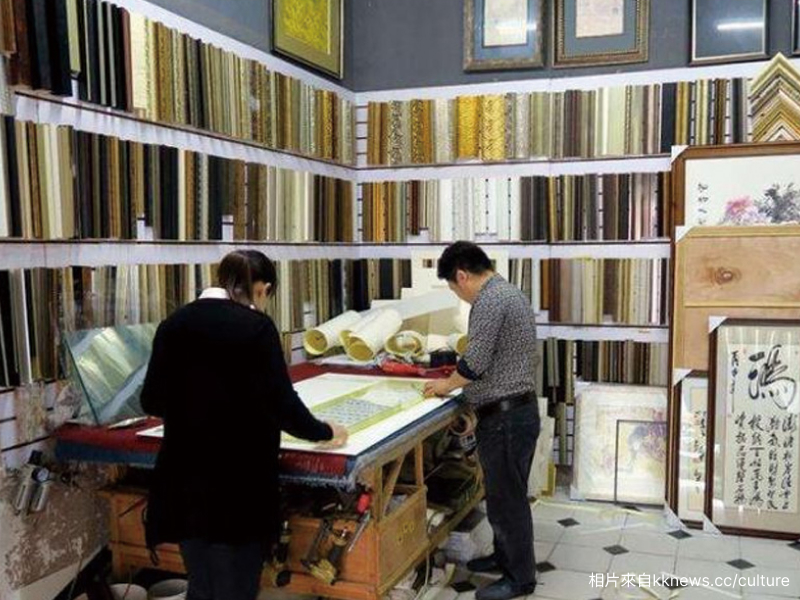
Episode 200: Appraising Artworks (21)
This episode will focus on understanding the different parts of a mounted painting. The most popular traditional Chinese mounting method is the hanging scroll, which is a vertically displayed mounting form, appearing as a long strip, so the composition and text are also mostly arranged vertically. However, handscrolls are more expensive, as they are a…
-
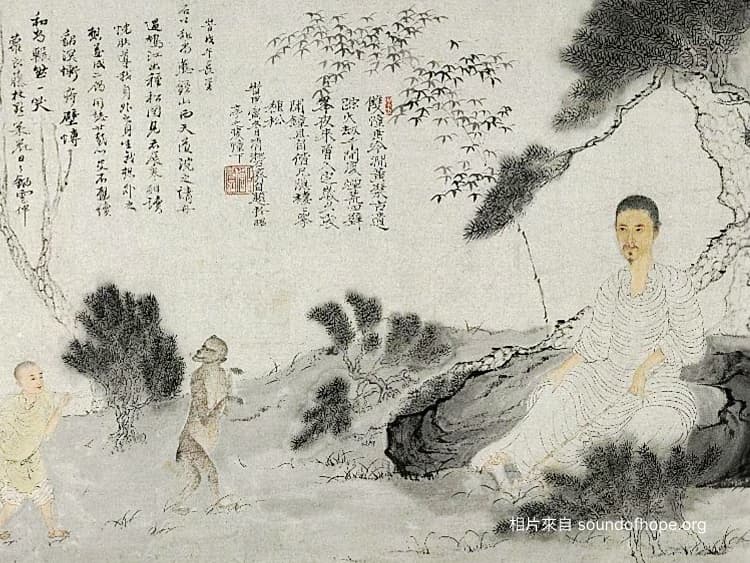
Episode 199: Appraising Artwork (20)
In the last episode, we mentioned that both paper and silk have raw and cooked versions, and good cooked paper becomes more densely fibrous and more absorbent after processing. Papermaking technology flourished more in the Yuan dynasty and the quality was better. The use of ink in painting also evolved later, with masters like Shi…
-
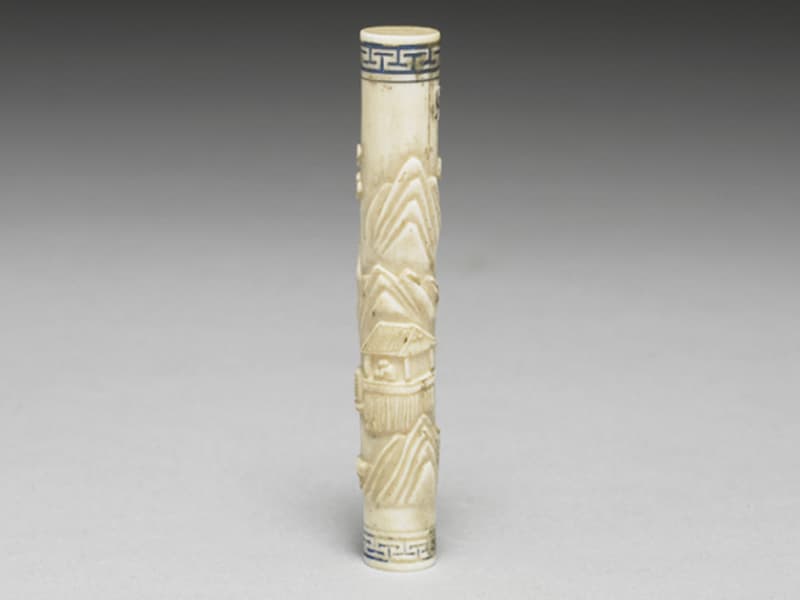
Episode 197: Appraising Artwork (18)
This episode will discuss the writing brush among the Four Treasures of the Study (paper, brush, ink, and inkstone). In the previous episode, we mentioned the close relationship between paper and brush. Chinese brushes are made of woven animal hair, which is quite rare compared to other countries. The earliest discovered brushes were found in…
-
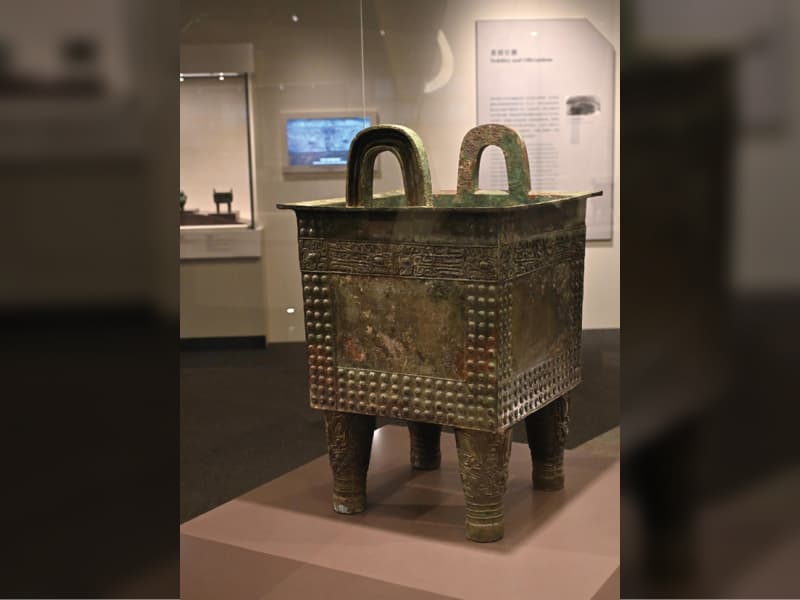
Episode 196: Appraising Artwork (17)
Paper is a crucial method of authentication. Currently, the prices of Chinese paintings and calligraphy are approaching those of Western artworks. As the saying goes, where there are great rewards, there will be brave men. Over the past 20 years, many talents have emerged among art students in China. If these individuals try to imitate…
-
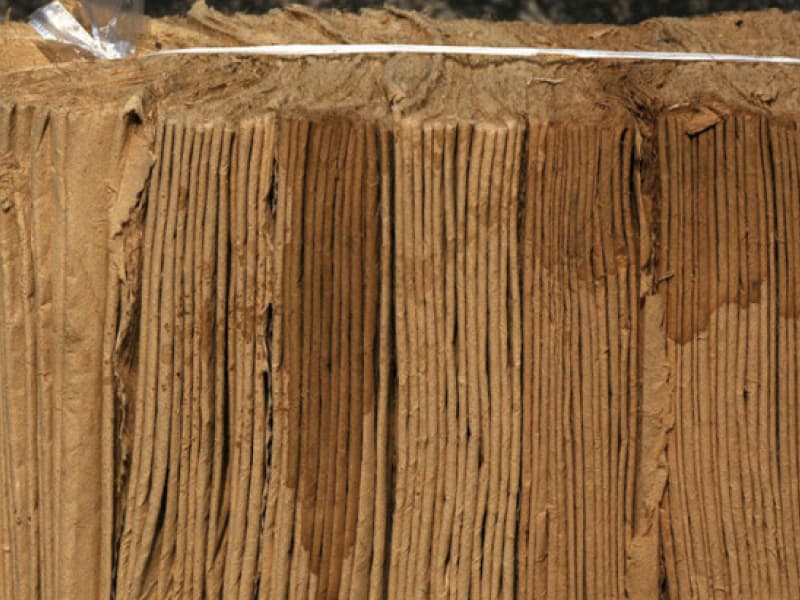
Episode 195: Appraising Artwork (16)
This session will talk about the materials used for painting, including silk fabrics and paper. Murals are equally important. Most of the paintings in the Tang Dynasty and before were destroyed in palaces or temples, so many of them were moved to Dunhuang to paint murals to prevent them from being burned. At that time,…
